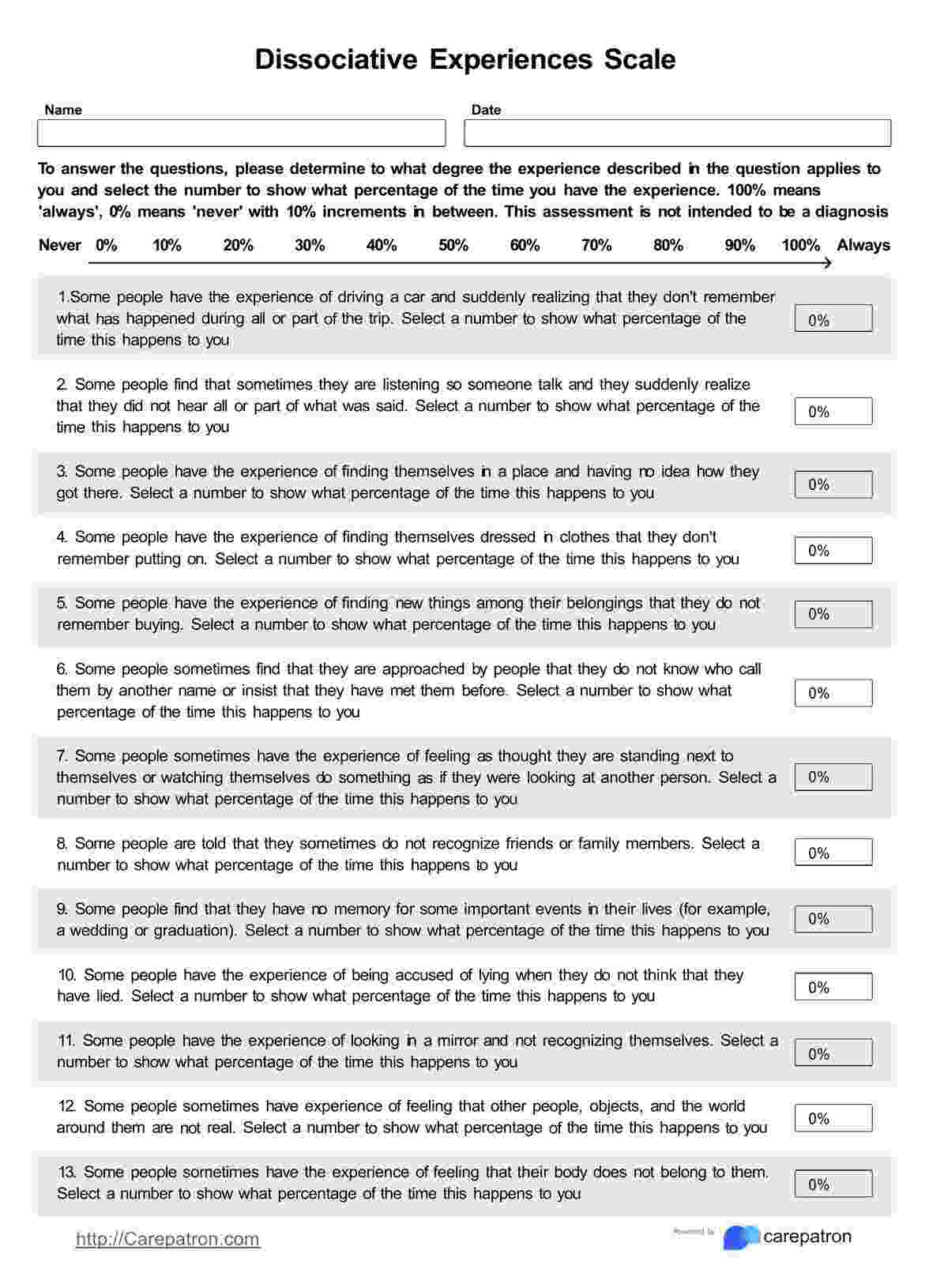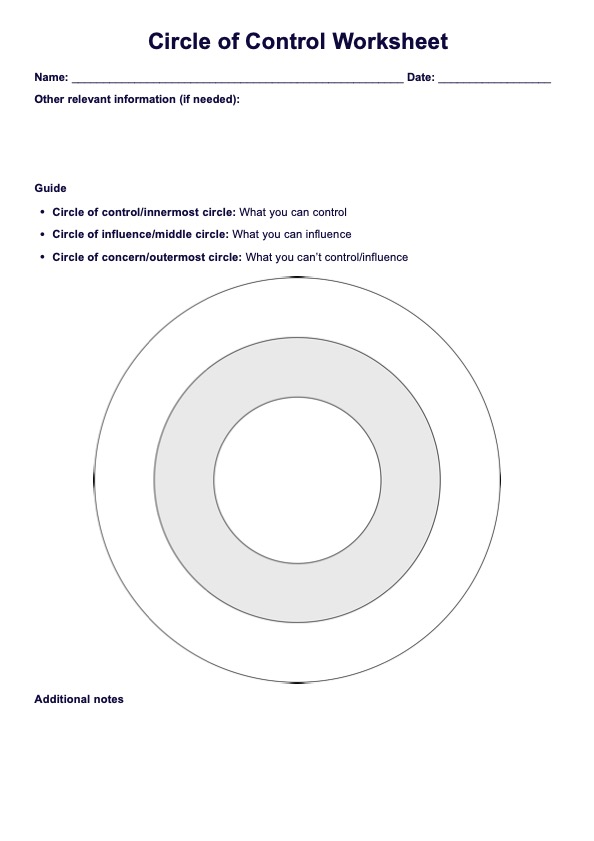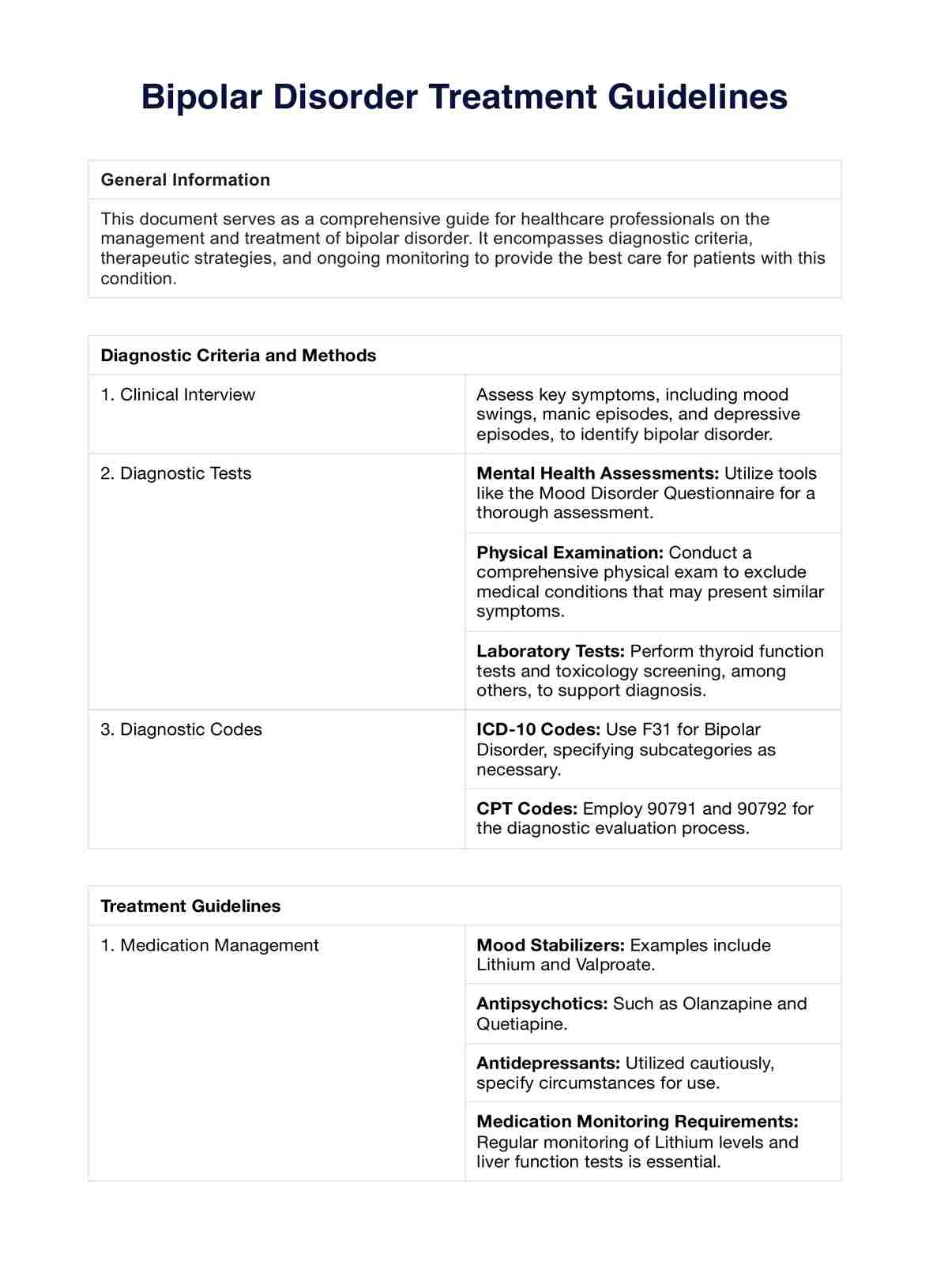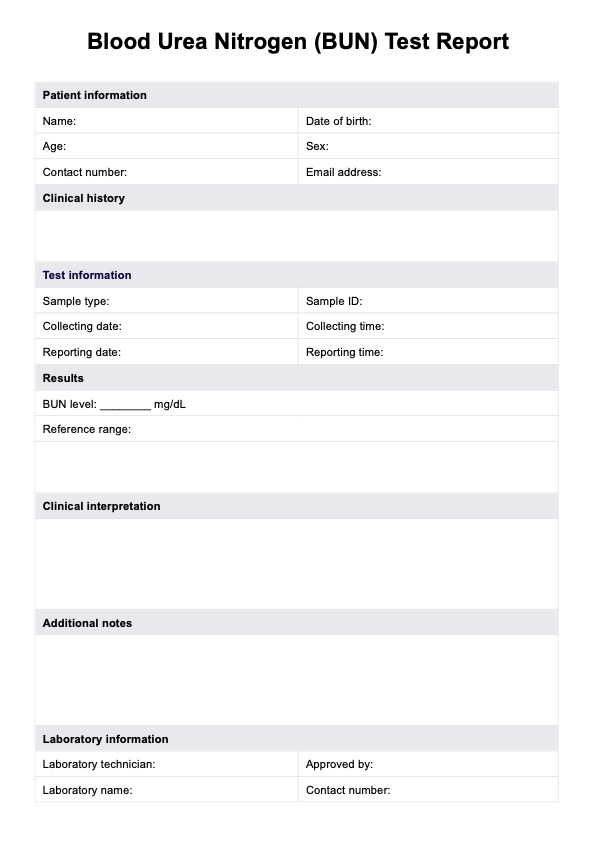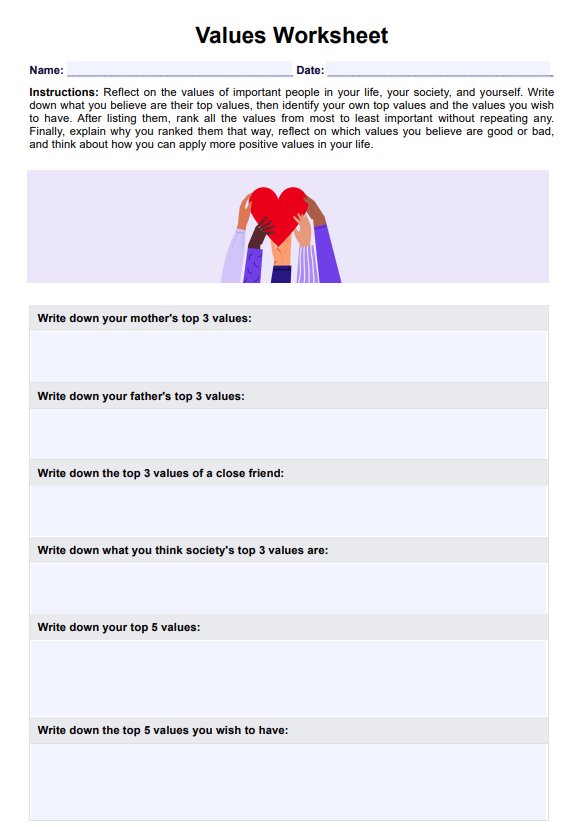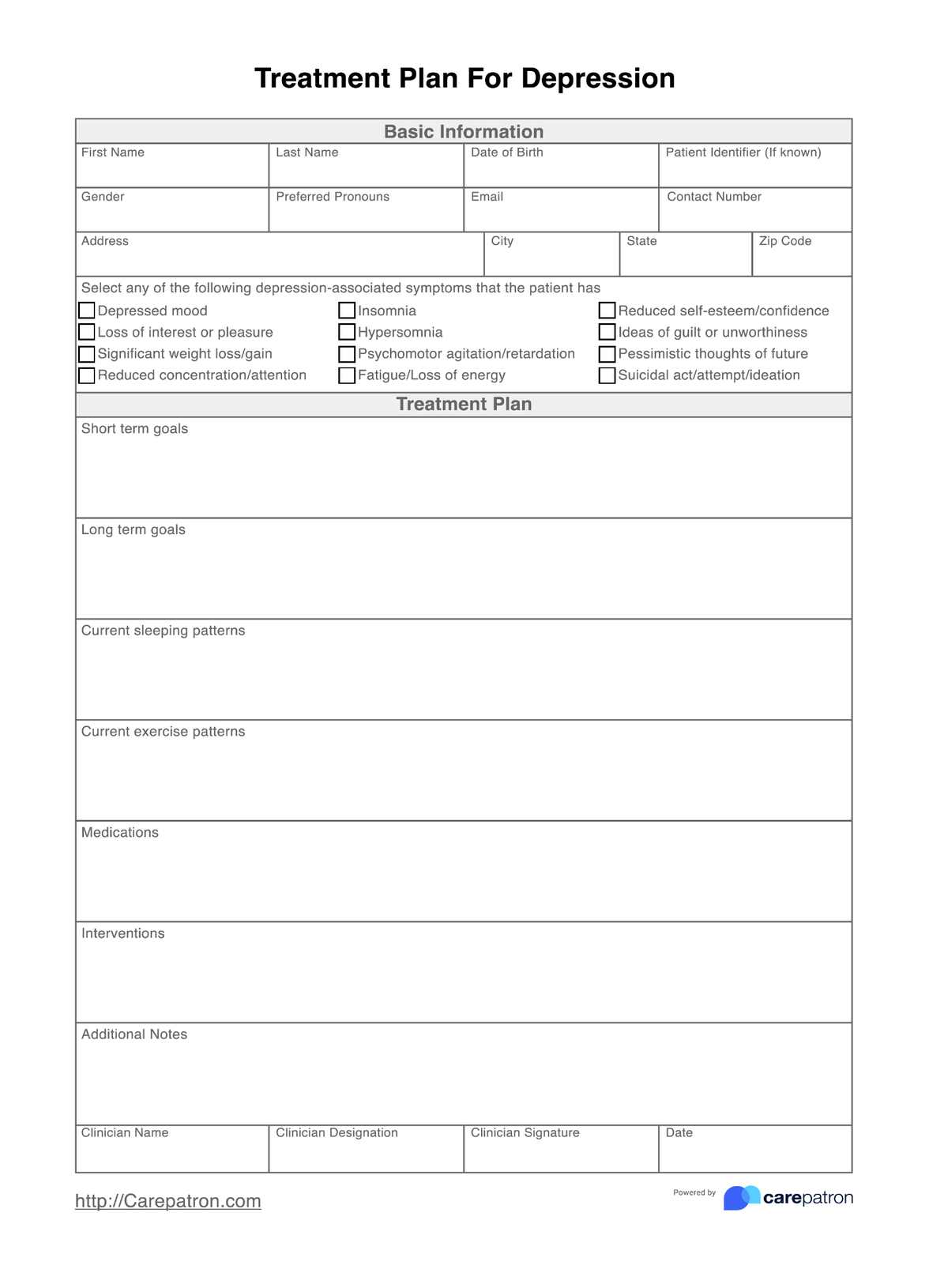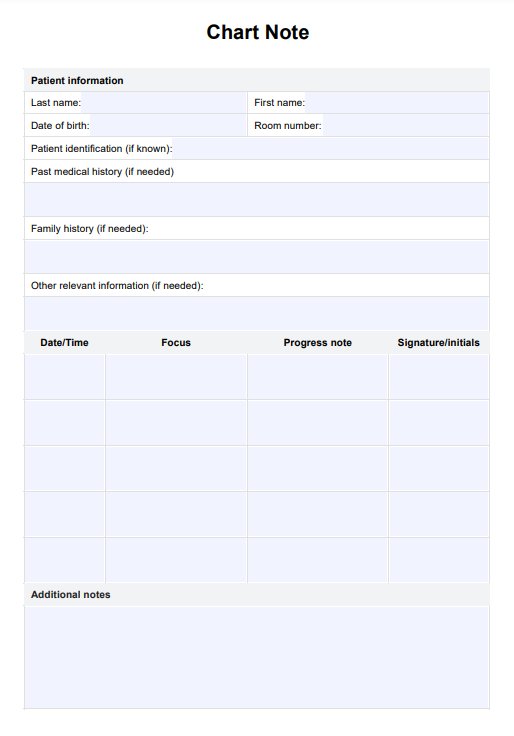Family Therapy Interventions Handout
Learn various family therapy interventions and techniques. Download a free Family Therapy Interventions Handout here.


What is family therapy?
Family therapy is a form of talk therapy used to specifically help with issues related to a family's mental health and functioning, guided by a family therapist (Cherry, 2024). Family therapy recognizes the interconnected system that a family operates in and how it is prone to breaking down (Sutton, 2017).
Family therapists work to improve relationships and resolve conflicts by working with all members of the family structure; this may involve changing a family system and, hence, disrupting existing interpersonal communication and relationship patterns (Metcalf, 2011).
Family therapy strengthens relationships by improving communication and resolving conflicts, promoting positive, lasting change/ It aims to foster a supportive home environment and understand the unique issues that each family faces (Varghese et al., 2020).
Why would families attend this type of therapy?
Families may seek therapy for a variety of reasons, often driven by a desire to resolve ongoing conflicts, improve dysfunctional patterns of interaction, or support a family member experiencing mental health issues. Family therapy provides a safe space for all members to express their feelings and thoughts, fostering understanding and empathy within the family unit (Sutton, 2017). Families can learn to identify family dynamics and behavior patterns that may contribute to their issues by attending therapy, equipping them with the skills needed to strengthen family relationships.
What problems can family therapy address?
Family therapy's versatile and systemic approach allows it to effectively tackle problems deeply rooted in the complex dynamics of family interactions and structures.
Below is a list of examples of the issues family therapy can address (Varghese et al., 2020; Cherry, 2024):
- Health issues such as an addiction, mental health diagnosis, or medical issues
- Parent-child conflict
- Adjustment issues among family members
- Divorce, separation, or marital problems
- Inconsistency parenting skills
- Trauma or intergenerational trauma
- Stressful life events or major life transitions
Family Therapy Interventions Handout Template
Family Therapy Interventions Handout Example
Examples of family therapy interventions
Each family therapy intervention approach is tailored to meet the unique needs and dynamics of the family. There are several effective family therapy techniques. These are listed below, but not limited to:
Structural and strategic family therapy
Both structural and strategic family therapy approaches are foundational in systemic family therapy; there is a focus on identifying intergenerational family dynamics and altering these that maintain, create, or exacerbate issues (Wampler et al., 2020).
Structural family therapy approaches recognize the importance of understanding the individual within their social context. It emphasizes how individuals do not exist in isolation but instead about the family that helps to drive productive change. Hence, problems in families are typically distributed and often a result of a dysfunctional hierarchy or poor functioning within subsystems.
Strategic family therapy suggests that change happens before understanding. For lasting change to occur, there needs to be an understanding of the family interactional patterns and perception shifts within these.
Psychodynamic/psychoeducational therapy
This focuses on exploring family members' past relationships and experiences to gain insight into present issues. It can be used to provide education to families surrounding mental illness and other challenging behavior patterns, with a continued focus on the family as a whole (Metcalf, 2011).
Narrative family therapy
This type of therapy is prevalent now; it allows family members to share their stories respectfully, assuming that everyone is an expert in their own life (Goldenberg, 2017). Issues are viewed from a different angle, and individuals are encouraged to support other family members to unite against the issue.
Systemic/systematic family therapy
Systemic family therapy recognizes the connectedness between family members, highlighting how individual issues are influenced and embedded within the family structure. This approach helps identify dysfunctional patterns within the family that contribute to individual problems, offering suggestions as to how to strengthen and support the family unit (Goldenberg, 2017).
Bowenian family therapy
Murray Bowen's Bowenian Family Therapy considers family issues by looking at past relationships and the family as a unit (Goldenberg, 2017). Eight interlocking concepts are considered: differentiation of self, triangles, family projection process, multigenerational transmission process, societal regression, nuclear family emotional system, emotional cutoff, and sibling position.
Functional family therapy
Functional family therapy is a research-backed approach that promotes cognitive and behavioral changes in individuals and their families (Goldenberg, 2017). It emphasizes not only behavior change but also understanding how actions influence relationships. This type of therapy is beneficial for treating adolescents with violence, substance abuse, and delinquency problems.
How does our Family Therapy Interventions Handout work?
Our Family Therapy Interventions Handout Template is simple and easy to implement in therapy practices. Follow these steps to get started:
Step 1: Download the template
Access the Family Therapy Interventions Handout template by clicking "Use template," allowing you to edit the resource via the Carepatron app. For a PDF copy, choose "Download."
Step 2: Familiarize yourself with the template
Review the Family Therapy Interventions Handout template to understand its structure and content. The handout includes information on the different types of interventions available and techniques you can use.
Step 3: Use the template during consultations
Refer to the handout when meeting with families to discuss their issues; it ensures you provide clear and detailed guidance. This approach means that individuals have the necessary understanding so that they can work towards more positive relationships as a family unit.
Techniques used in family therapy
Family therapy employs various techniques tailored to each family's specific needs and the therapeutic relationship between the family and the therapist (Varghese et al., 2020).
- Psychodynamic: Psychodynamic techniques focus on uncovering and understanding the deeper emotional and relational dynamics within the family. The therapist interprets the family's ego defenses and interactional patterns, helping members gain insight into their behaviors and emotions.
- Behavioral: Behavioral techniques are action-oriented and emphasize the development of practical skills to improve family functioning. Psychoeducation provides families with knowledge about mental health and psychological principles, while skills training focuses on teaching effective communication and problem-solving methods.
- Structural: Structural family therapy techniques concentrate on the organization and boundaries within the family. Dysfunctional hierarchies, unclear roles, and enmeshed or disengaged relationships often contribute to familial issues.
- Strategic: Strategic family therapy employs targeted interventions designed to shift perceptions and interactional patterns within the family. Techniques such as reframing encourage family members to view problems from a new, more constructive perspective.
References
Cherry, K. (2024, January 16). How family therapy works. Verywell Mind. https://www.verywellmind.com/family-therapy-definition-types-techniques-and-efficacy-5190233
Goldenberg, I. (2017). Family therapy: An overview. Cengage learning.
Metcalf, L. (2011). Marriage and family therapy: A practice-oriented approach. Springer.
Sutton, J. (2017). What are family therapy & family counseling? PositivePsychology.com. https://positivepsychology.com/family-therapy/
Wampler, K. S., Miller, R. B., & Seedall, R. B. (Eds.). (2020). The Handbook of Systemic Family Therapy (vol. 1). Wiley Blackwell.
Varghese, M., Kirpekar, V., & Loganathan, S. (2020). Family interventions: Basic principles and techniques. Indian journal of psychiatry, 62(Suppl 2), S192-S200.
Commonly asked questions
Family therapy can address a wide range of issues, including mental health conditions, family conflict, and behavioral problems.
The duration of therapy varies depending on the family's needs and goals. Some see improvement in a few sessions, and others require longer-term engagement.
Yes, therapy for family intervention can be initiated by any family member who recognizes the need for professional help in addressing family issues.

.jpg)
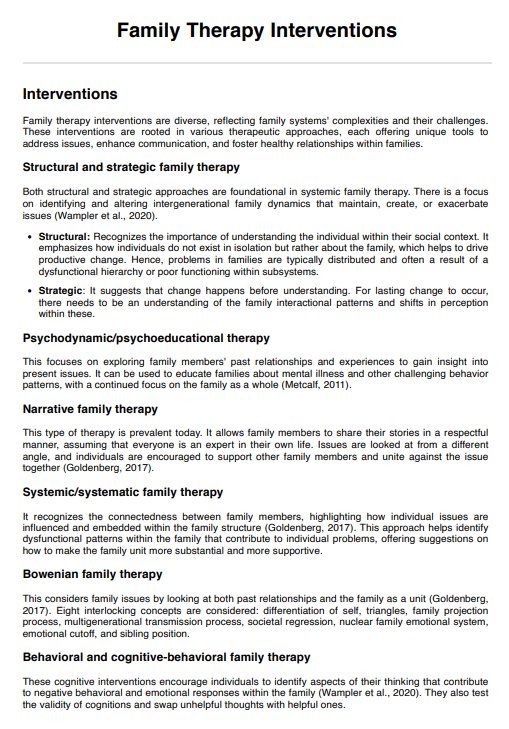
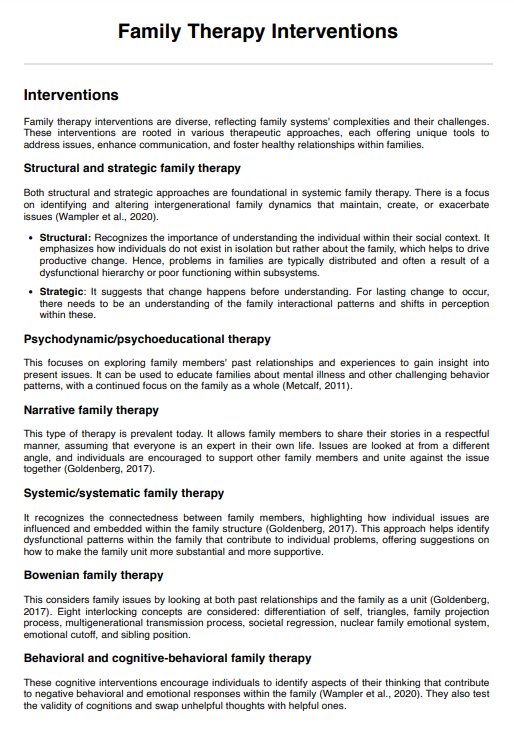

















-template.jpg)



















































































